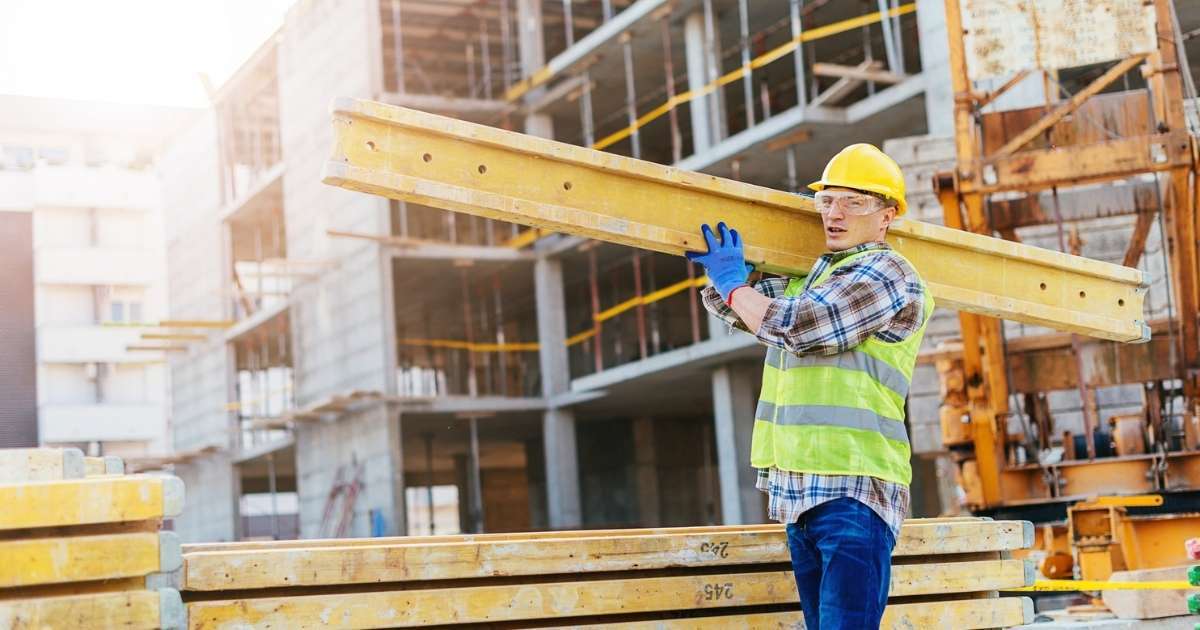Construction Industry Trends: July 2023 Roundup
0%
We're in the dog days of summer and there are still questions abound for 2024: Will price pressures on vital materials continue? With inflation down massively year over year and forecasted growth in commercial and institutional sectors, is the industry seeing a turning point? And is there any chance we'll see more infrastructure focus from Congress and the White House before the next election cycle?
Construction spending is predicted to decelerate in 2024 after a notable surge in 2023. We’ll cast an eye toward the promising future of the Construction 4.0 market, underscoring the transformative role of digitization and advanced technologies in reshaping industry operations.
Let’s delve a little deeper into these critical trends that are impacting the construction industry.

(Mostly) Flat Construction Material Prices Anticipated
Nonresidential construction activity continues to apply price pressure on key materials such as concrete and steel, according to Chris Delaney, commercial manager in the Americas division at Linesight. Following a slight drop in the latter half of 2022, steel prices once again experienced an upward surge in early 2023, accompanied by cement prices. Factors such as the cost of energy transition and a chronic shortage of construction labor will further inflate prices in the long term, with these elevated costs expected to prevail through 2024 and 2025.
However, certain materials have shown signs of price softening at the outset of 2023. Delaney predicts that prices will stabilize for the second half of the year.
“Raw steel is likely to have peaked in April, and charts show a decrease in May, with further drops expected in June,” said Delaney. “Demand has waned in the U.S., and we’ve even seen steel mills with idle capacity. Current trends show us returning to the prices we saw in December and January and remaining flat from there through 2023.”
Factors that could disrupt this trend include rising energy costs driven by OPEC's production cuts, and increasing demand for oil and materials from Turkey following recent earthquakes.
Additionally, certain materials, like aluminum, are expected to maintain steady prices through 2023. However, constraints on electricity in Europe and China could affect production and tighten supply. The same is predicted for finished steel products like plate steel.

Construction Spending: Growing, Contracting, or Flat?
The July 2023 AIA Consensus Construction Forecast Panel indicates that after a 19.7% surge in 2023 spending for commercial, institutional, and industrial buildings, growth is expected to decelerate in 2024. All nine panelists are in agreement about a potential slowdown. However, one panelist—Associated Builders and Contractors’ Anirban Basu—remains optimistic, forecasting a 7.7% overall spending rise. Business investments were a key driver of GDP growth in Q2, with the Inflation Reduction Act, CHIPS Act, and Bipartisan Infrastructure Law provisions being utilized by businesses in construction, manufacturing, and energy—which could continue into 2024 with positive economic indicators showing the U.S. leading the way through our global post-pandemic recovery.
AIA Chief Economist Kermit Baker stated that despite gains nearing 20% in nonresidential building construction spending in H1 2023, growth is set to moderate in the latter half. This is due to various factors, including high interest rates, tighter lending, global economic uncertainty (particularly China’s economic volatility), and labor constraints in construction, even with the relaxing supply chain issues and improved pricing for construction materials.
In 2024, overall nonresidential building spending is projected to be only 2%, with a slight 1.7% decline in the commercial sector, a 3.6% increase in institutional facilities spending, and a 5.4% rise for the industrial sector.
Strong spending growth this year in the industrial sector is thanks in part to reshoring production in response to pandemic-induced supply chain disruptions. However, spending will be more focused on automating existing properties rather than constructing new ones.






